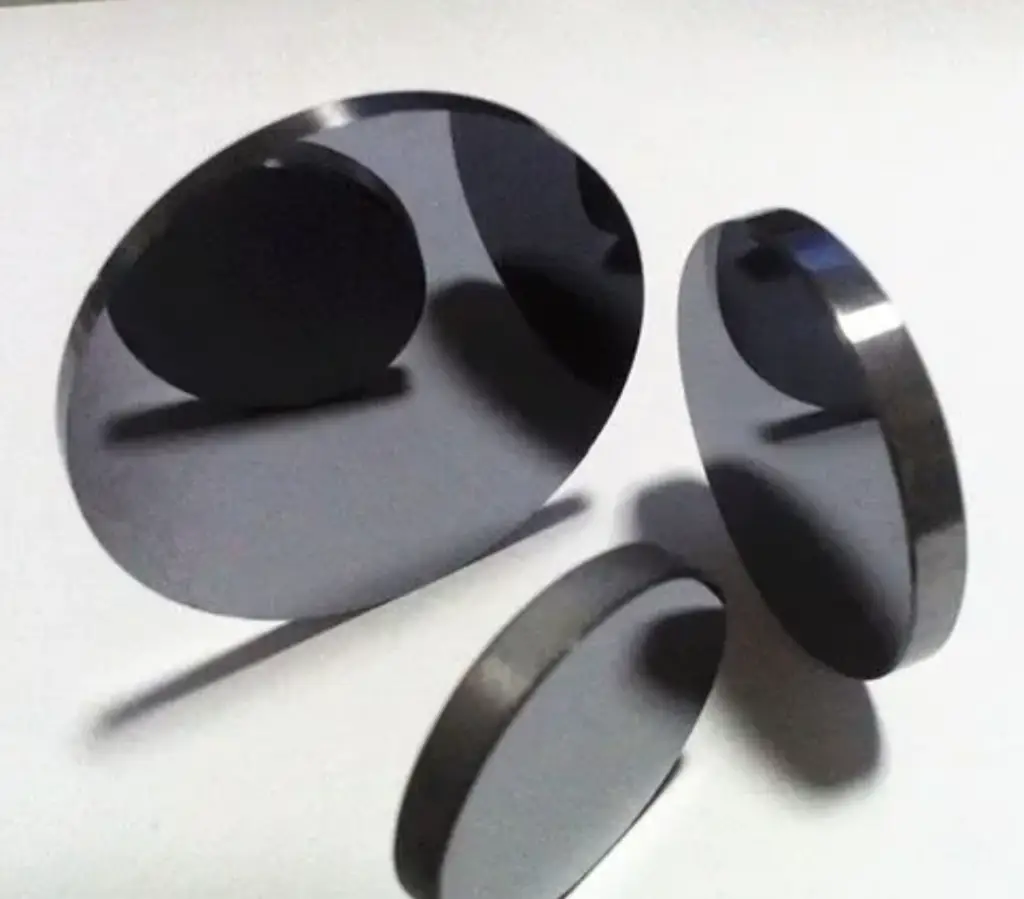Germanium n-type refers to a type of germanium semiconductor that has been doped with an impurity to create an excess of free electrons, which are the majority carriers of electrical charge. This process of adding impurity atoms to a semiconductor to alter its electrical properties is called doping. For germanium n-type, impurities such as phosphorus or arsenic are commonly added. These impurities have more valence electrons than germanium, which has four. By introducing an element with five valence electrons, such as phosphorus, an extra electron is available for conduction.

The difference between n type germanium and p-type semiconductors lies in the type of charge carriers that dominate their conduction process:
- N-type semiconductors: These have extra electrons (negative charge carriers) as the majority carriers, created by doping the semiconductor with elements having more valence electrons than the semiconductor material.
- P-type semiconductors: These are created by doping the semiconductor with elements having fewer valence electrons than the semiconductor material, resulting in “holes” or the absence of electrons that act as positive charge carriers. For instance, doping germanium with boron (which has three valence electrons) leaves a space where an electron should be, creating a hole.
N-type germanium is frequently used in optical window applications, especially in infrared (IR) systems, for several reasons:

- Transparency in Infrared: Germanium is highly transparent to infrared light, making it an excellent material for IR optical systems, such as thermal cameras and IR spectroscopy devices.
- High Refractive Index: Germanium has a high refractive index, which means it can significantly bend infrared light. This property is particularly useful in designing lenses and other optical components with strong focusing power without needing very curved surfaces.
- Good Mechanical Properties: Germanium is relatively hard and durable, which makes it suitable for use in harsh environments where optical components need to be robust.
- Temperature and Thermal Conductivity: germanium N-type can be particularly effective in environments where temperature control and high thermal conductivity are needed, as the added electrons can help manage heat more efficiently than p-type.
These properties make n type germanium an advantageous choice for various optical applications, especially those related to the handling and manipulation of infrared light.
N-type germanium, like its intrinsic (undoped) form, retains many of the fundamental material properties of germanium, but its electrical characteristics are modified by the doping process. Here are some key properties of n-type germanium:
- Electrical Conductivity: germanium N type has enhanced electrical conductivity compared to intrinsic germanium due to the addition of free electrons from the doping process. This increased conductivity makes it more useful in electronic and optoelectronic applications.
- Transparency to Infrared Radiation: Germanium is highly transparent to infrared light, with a broad transmission range from about 2 to 14 micrometers in the infrared spectrum. This makes it valuable for infrared optics, such as lenses and windows in thermal imaging.
- Refractive Index: Germanium has a high refractive index, approximately 4.0 at a wavelength of 10 micrometers, which is beneficial for infrared optics as it allows for effective light bending with relatively flat surfaces.
- Density: Germanium N Type is quite dense, with a density of about 5.32 g/cm³, which is something to consider in applications where weight is a concern.
- Melting Point: It has a high melting point of about 938°C (1720°F), which makes it suitable for high-temperature applications.
- Thermal Conductivity: Germanium has moderate thermal conductivity, about 59 W/(m·K) at 300 K, which helps in applications where heat dissipation is necessary.
- Hardness: Germanium is relatively hard with a Mohs hardness of around 6, making it suitable for robust optical components.
- Bandgap: Germanium has an indirect bandgap of about 0.66 eV at room temperature. This bandgap is suitable for applications in photodetectors and other electronic devices that operate in the infrared region.
- Carrier Mobility: The electron mobility in n-type germanium is quite high, approximately 3900 cm²/(V·s), which enhances its performance in electronic devices where fast electronic response is critical.
General Germanium N type/ P type Material Specs
Ge Crystals | |
|
Diameter(mm) |
12mm~380mm |
|
Length(mm) |
Customized |
|
Electrical Resistivity |
0.005Ω~50Ω/cm |
|
Crystal Structure |
Single Crystal,PolyCrystal |
|
Crystal Purity |
99.999%~99.9999% |
|
ConductionType |
N/P |
|
Surface Roughness |
Ramax0.2μm to 4.0μm |
|
Retractive Index at 10.6μm |
4.0052 |
|
Absorptance at 10.6μm |
≤0.035 |
The addition of dopants like phosphorus or arsenic increases the number of free electrons, thus enhancing the conductivity and adjusting the electronic properties for specific uses, particularly in the fields of electronics and photonics where these characteristics are crucial.
Shapeoptics offers a comprehensive range of materials and advanced equipment for custom and OEM optical components, leveraging over 20 years of expertise in manufacturing lenses, prisms, windows, and more. We utilize high-quality materials like UV and IR grade fused silica, Germanium, and ZnSe, among others. Our state-of-the-art techniques and equipment minimize waste and optimize delivery times. Our in-house capabilities include standard and custom coatings across the UV-NIR spectrum, ensuring high quality and compliance with all industry standards. For precision and reliability in optics, contact Shapeoptics for your next project.

